A Collector's Guide to Pokémon Trading Cards
Within the realm of trading cards, collectors gravitate toward various series like One Piece, Dragon Ball, and Yu-Gi-Oh for multiple reasons. Some collectors enjoy the nostalgia hit they receive by viewing characters from their childhood, while others enjoy keeping cards that have a high value (or which will have a high value in the future). Though these other series remain a hit amongst collectors, there's no replacement for Pokemon cards. Initially appearing in the 1990s, these cards inspired fans of the series to collect physical and virtual cards/characters for displays, use them in TCG (Pokémon Trading Card Game), or simply appreciate the series.
Below, we explore the world of Pokemon cards, from the history of these trading cards to card categories, must-have cards, and tips for collecting.
The Rise of Pokémon Trading Cards
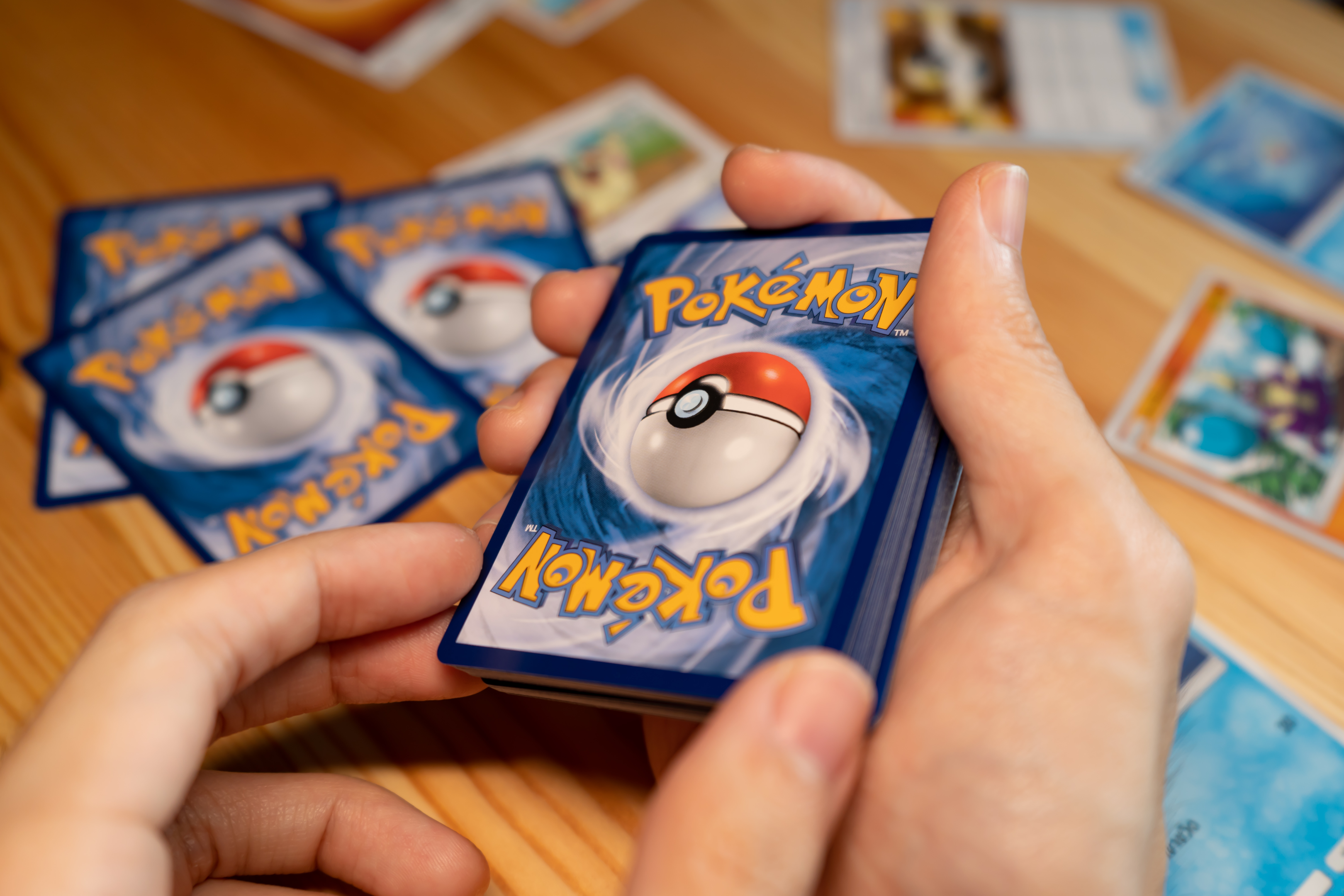
Before TCG, two versions of Pocket Monsters (the initial form of Pokemon) were pitched and created as a collaboration between Gameboy, Satoshi Tajiri (the creator of Pokemon), and Shigeru Miyamoto, the famous game maker. This first version of Pokemon allowed users to trade characters through interconnected Gameboys. Millions of copies of the games were sold worldwide, leading to the creation of Pokémon Trading Card Game.
The first version of TCG included 102 cards, released in October of 1996. This card game quickly became popular, leading to a North American launch in 1999. From there, additional Pokemon activities began arising, such as tournaments with players battling each other based on the cards they held in their hands. The popularity has continued to rise over the years, leading to a Pokemon World Championship Tournament attended by global fans and tournament players. This tournament is so exclusive that one can only participate after receiving an invite.
Understanding Pokémon Card Rarities and Categories

Three primary categories exist of Pokemon cards: Common, Uncommon, and Rare. Under the rare category, the trading cards are broken down further into Ultra Rare, Secret Rare, and Holofoil Rare. Below are the distinctions between each category.
Common: The easiest cards to find are known as "Common." A round black dot in the bottom right corner helps distinguish them from other varieties. These cards typically do not have evolved characters and are not energy cards. You will usually find about 5-6 common cards when purchasing booster packs.
Uncommon: The next type of Pokemon card is known as "Uncommon." This status is signified by a small black diamond in the bottom right corner of the card. Uncommon cards include a combination of Trainer cards and Pokemon cards (evolved and unevolved). There are typically three uncommon cards per booster pack.
Rare: The final type of Pokemon card you'll find in a pack is "Rare." These cards consist of evolved or uncommon Pokemon. You may also find a Legendary Pokemon in your booster pack. Often, only one Rare card appears per pack, and it's noted with a black star in the right corner.
Holofoil Rare: These cards can be easily recognized due to their holographic design. They'll also have a black star in the corner. There are two types: regular holofoil (holographic design on the image) and reverse holofoil (holographic design in the card's background). As a note, reverse holofoil cards can also be in the Common or Uncommon categories. In general, cards with holofoil are popular to collect as they do not appear in decks often. Meaning they are more valuable.
Ultra Rare: Like regular Rare and Holofoil Rare cards, Ultra Rare cards have a black star in the corner. You can distinguish these from other types of Rare cards by the extra letters/words near the name. You'll see the letters EX, ex, GX, LV.X, Star, Legend, and Prime. For example, Mew GX and Zoroark GX are two Ultra Rare cards. These cards also have a holographic design and feature artwork spaning either 1/2 of the card or the entire card.
Secret Rare: Secret Rare cards do not appear often, though you can distinguish them by their number. Other cards are within a number set, such as 110/150. In comparison, Secret Rare cards will have a number like 151/150 noted. Additionally, these cards have unique artwork not found on any other type of Pokemon card.
Must-Have Pokémon Cards for Collectors
Knowing which cards to collect is a must for avid collectors and new collectors. Below is a list of must-have Pokémon cards.
2021 Pokemon Celebrations Shiny Mew Gold Holo
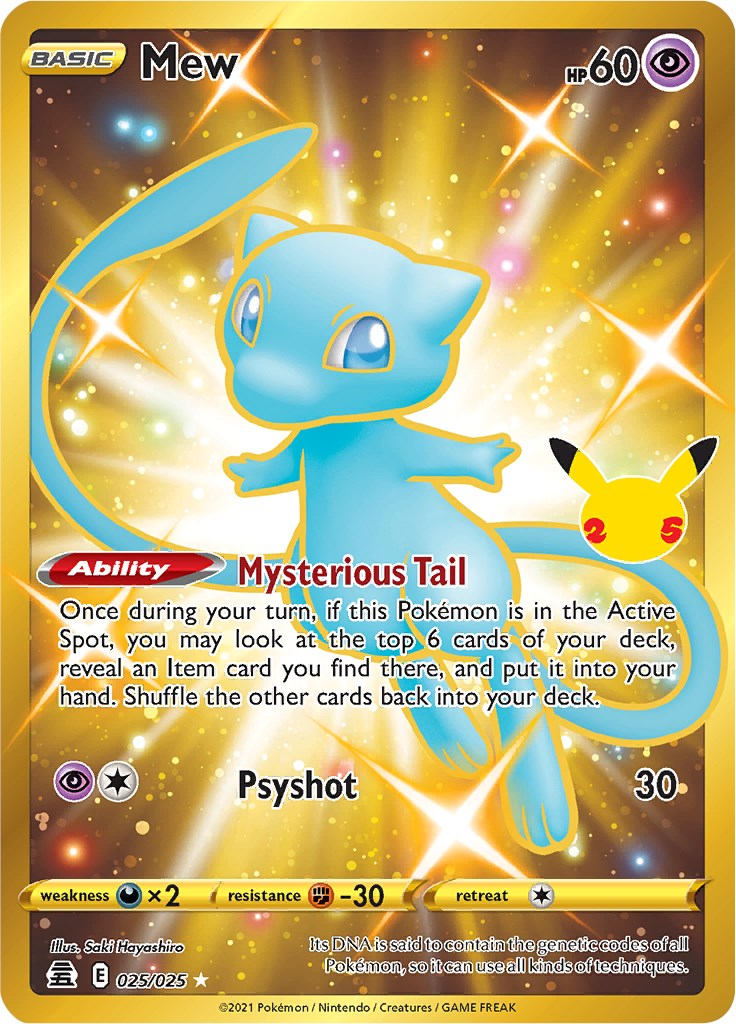
This card is a secret rare card that typically costs $38-$85. In some markets, it has sold for as high as $170. It is one of the cards created for the 25th Anniversary Collection. Because it has a beautiful gold holo design and there is not a Japanese version of the card, it's one of the most prized offerings.
2007 Pokemon POP Series 5 Espeon Gold Star
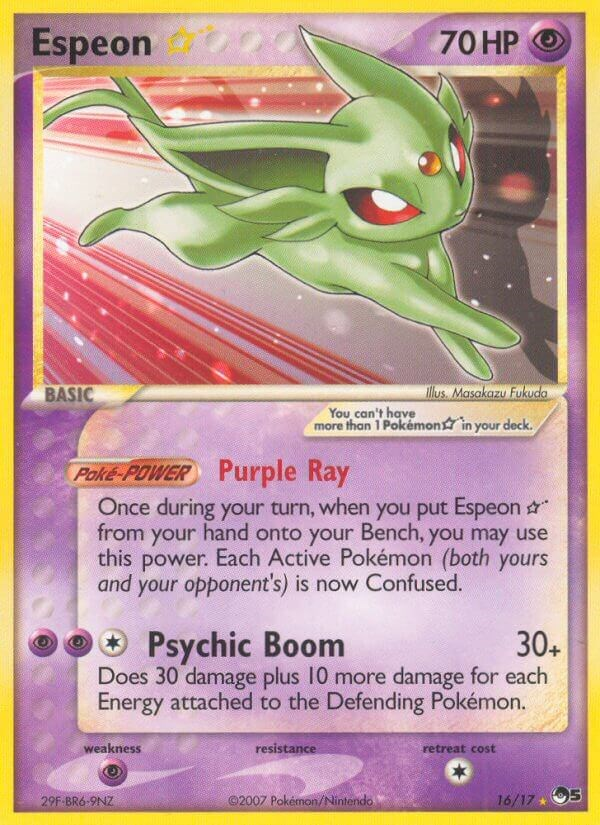
This card is one of the TCG community's most valuable and prized offerings. Because it is an originally released promotional ultra-rare card, it is valued at $1,350 to $5,000. Since it has an aesthetic design and is a bit exclusive, it has fetched up to $20,100 over the years.
1999 Shadowless First Edition Charizard
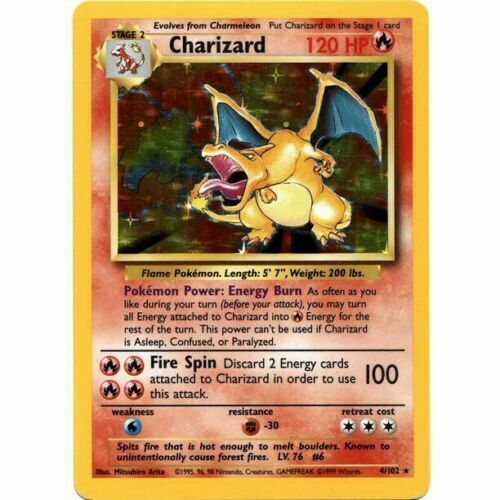
This Charizard card is the most prized card out of the assortment of Pokemon cards, causing a high price range of $3,204 to $50,100. This card features one of the most powerful and beloved characters in Pokemon, which has created a high demand for the card. Because of this demand, the card has been purchased for up to $420,000 over the years. The variation in the condition of the cards accounts for the major difference in price.
How to Spot and Value Rare Pokémon Cards
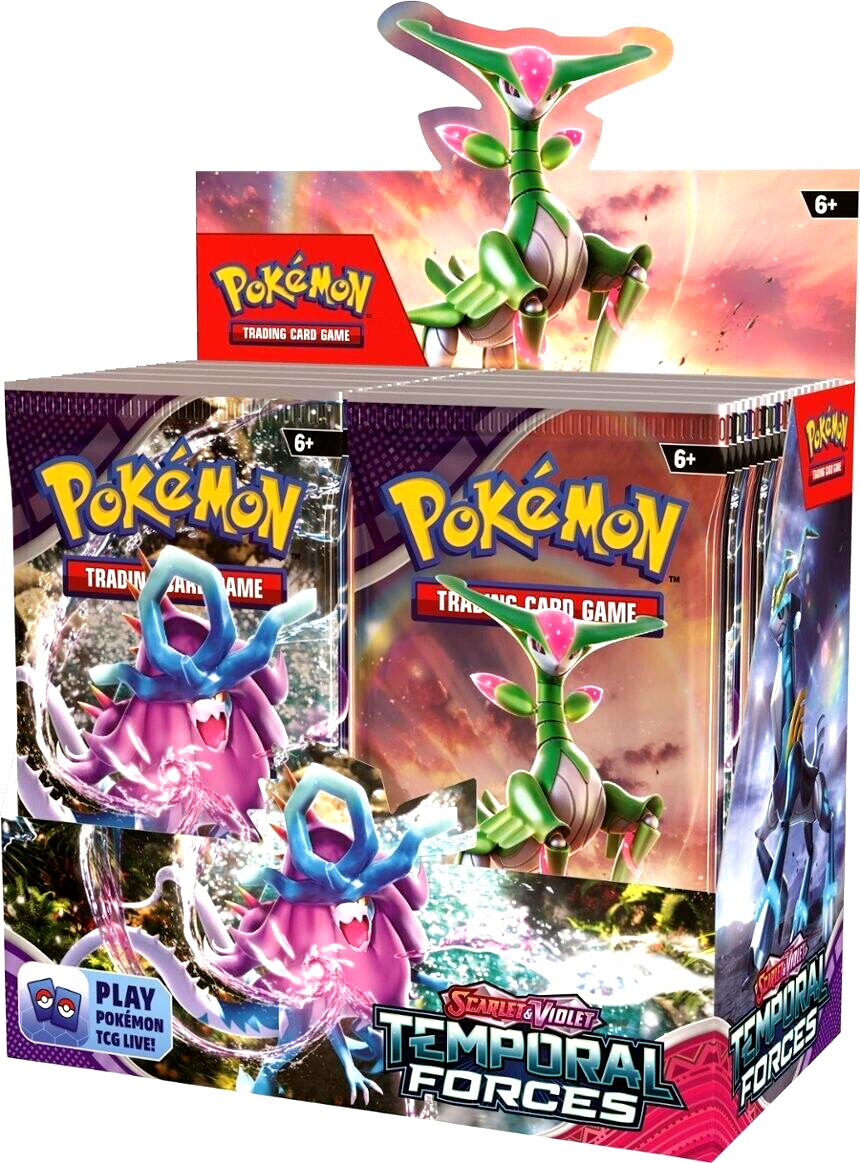
The first method for spotting rare Pokémon cards is by checking the symbol noted in the bottom right corner. Know that any form of rare card is often more valuable than common or uncommon cards. Another significant hint that a card may be valuable is if it's a first edition, which is noted in the center toward the left of each card. Holographic cards often yield higher resale prices than other varieties.
Another factor that determines if a card is valuable is whether it features a popular character. In particular, popular characters include: Charizard, Blastoise, Rayquaza, Pikachu, and Mewtwo. The final factor is the condition of the card, also known as card grading.
The Art and Science of Pokémon Card Grading
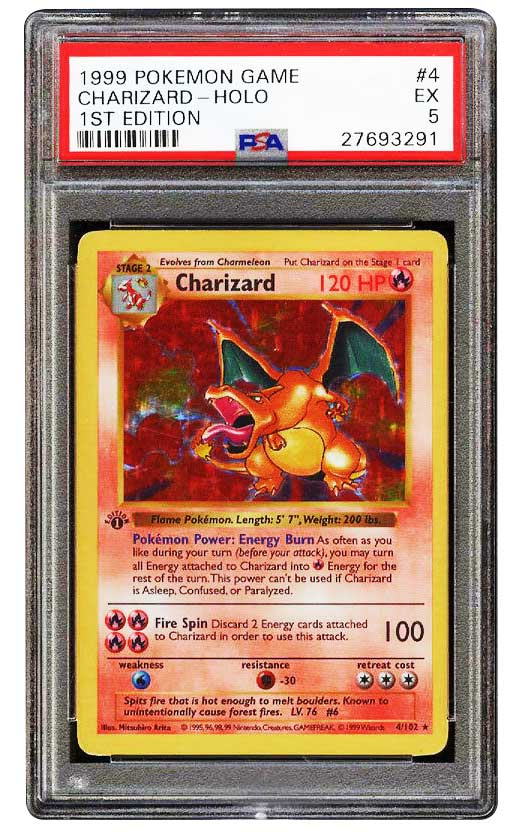
Image credit: gradedcardinvestor.com
Because of the lucrativeness of trading Pokémon cards, fake versions of valuable cards have arisen through the years. This issue caused Pokemon card grading to be a necessity, as it helps ensure the authenticity of the cards. Multiple systems and companies have become available that offer card grading. However, the most popular is PSA (Professional Sports Authenticator), which utilizes 10 grades to note the card's condition, ranging from poor to Gem Mint.
Gem Mint cards are typically pristine, while those on the lower end may feature defects such as worn edges, off-center images, faded artwork, etc. In order to acquire grading for cards, collectors can take their items to a trade show or an office or submit them via mail. The submission method depends on the value/rarity of the card, with those deemed very rare taken to an in-person office. From there, a service for grading is selected, and the graded card is submitted back to you in the mail in a protective card holder. Often, card grading helps increase the value of a card. It's worth noting that even though a card may have a high rating, it is not always very valuable. For example, some older, rarer cards in mediocre condition can yield a higher value than recent cards in Gem Mint condition.
Iconic Pokémon Cards: Pikachu and Beyond
One particular card that has held the attention of the Pokemon community and which many consider the best Pokemon card is the Pikachu card. As Pikachu is the mascot of the Pokémon franchise, it should be no surprise that this adorable yellow character has remained popular among fans and collectors alike. Below are a few editions of Pikachu cards that are particularly valuable.
1998 Japanese Pikachu Illustrator Promo Card
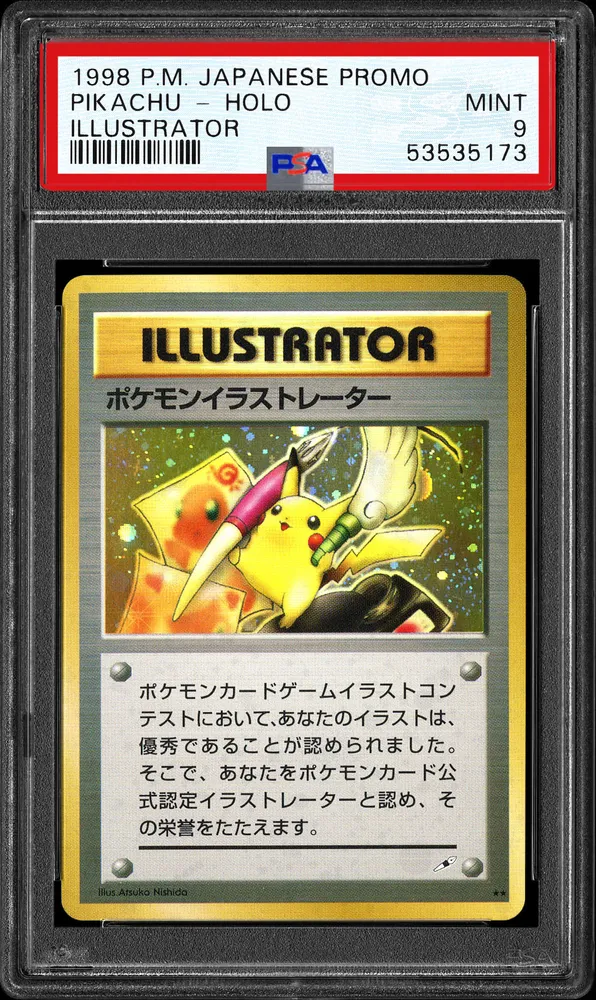
Image credit: i.psacard.com
This Pokemon card is considered the unicorn of card collecting, as it is highly desirable by experienced collectors. Because of the rarity of this card (only 39 prints exist) and its use in Japanese promo, along with its artwork, highly graded versions of this card sell for millions. One of these Pikachu cards at a grade of 10 sold for $5.3 million, which makes it the most expensive card in the history of Pokemon cards.
2006 EX Holon Phantoms Pikachu Holo #104 (Gold Star)
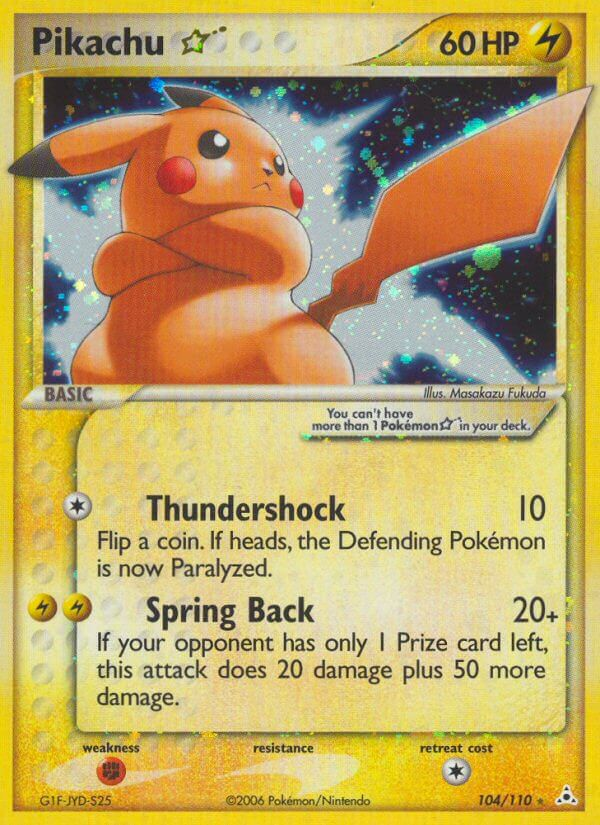
Another highly sought after card is this 2006 EX Holon Phantoms Pikachu card. As a super rare gold star card, it typically brings in anywhere from $330 to $6,000. The highest sale price for this card was $15,100.
Investing in Pokémon Cards: What Collectors Should Know
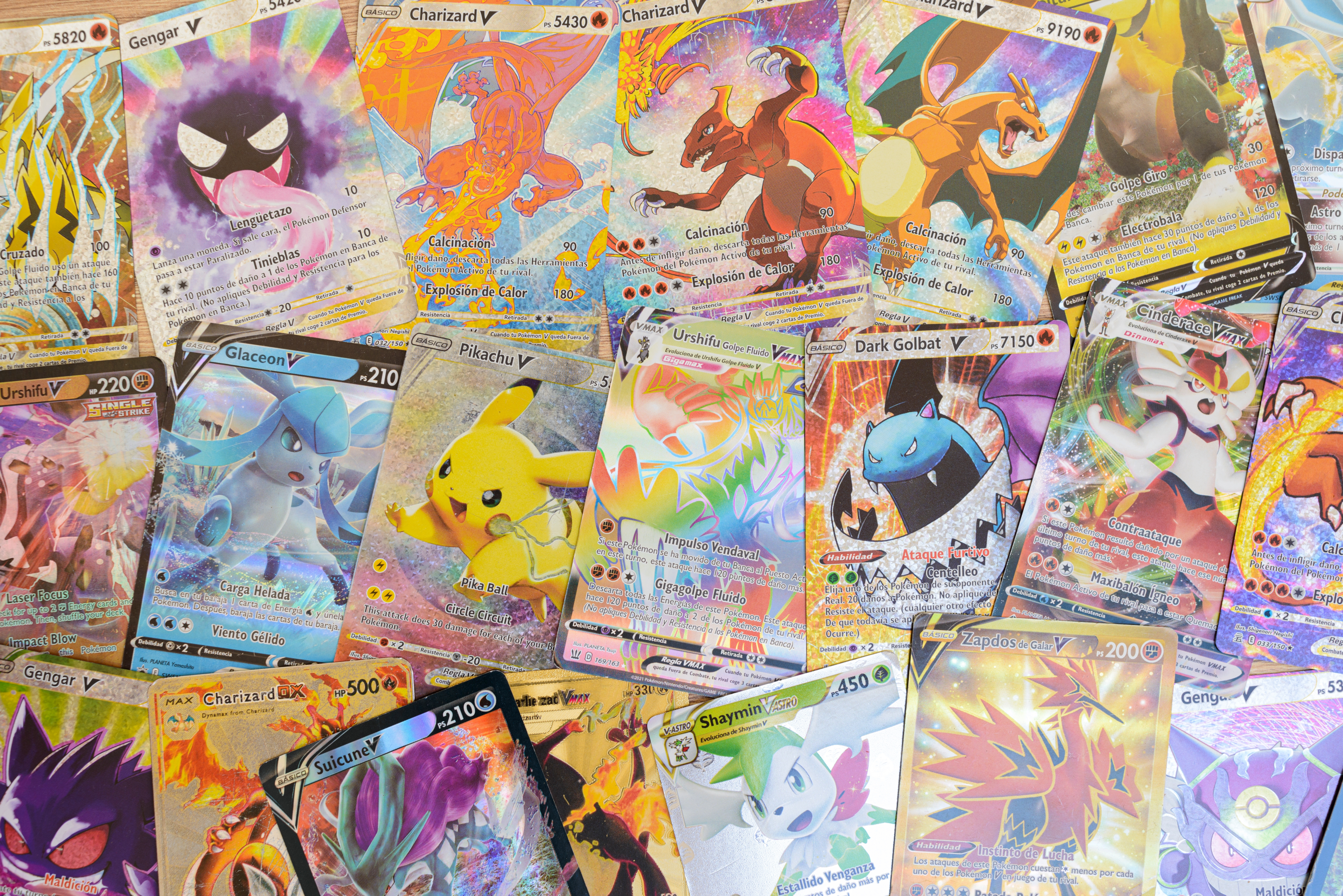
There are a few factors that alter the value of Pokemon cards, which include how rare a card is, demand, the number in circulation, and nostalgia. The most notable factor is the final noted factor: nostalgia, as many collectors will spend higher quantities of money to purchase cards/characters that were important in their childhood. The other primary factor when selecting cards to collect is rarity. In particular, cards which are first edition are particularly valuable, as they were the initial versions printed. These first-edition cards are not easy to come by, which makes them the most expensive collector's cards.
Before delving into the world of collecting Pokemon cards, it's essential to do proper research. Understand the market demand for cards along with trends. Be sure to reach for cards that are first edition, rare, holographic, and featuring popular characters. Try to incorporate as many sets, rarities, and card types as possible for a more diversified collection, leading to a higher possibility of collecting valuable cards. If you find you have a valuable card in your possession, be sure to go through the proper grading process and keep it in pristine shape. Finally, be sure to properly store your cards to help them maintain their integrity (see notes below).
Maintaining and Protecting Your Pokémon Card Collection

Just as it's important to purchase the right type of cards for a collection, it's equally essential to properly preserve your established collection of Pokemon cards. Below are tips for storing and protecting your cards so they maintain their value over the years.
Use a binder with pocket sleeves.
One of the most basic requirements for trading card collectors is a binder with pocket sleeves. This allows you to carefully store your cards and more easily keep them organized, as you can label the pages without affecting the cards.
Add individual sleeves to each card.
Even if you store your cards in a binder with sleeves, it's still essential to individually wrap them in a sleeve first. This step provides additional protection from damage, dust, scratches, etc., which can occur as the cards are added to the binder.
Avoid PVC plastic when storing.
PVC plastic has been known to react badly with trading cards, causing permanent damage in many cases. It can easily get stuck to the cards or cause other negative reactions. Use other materials to store your cards, such as mylar polyester or acrylic.
Skip sunny or warm locations.
Avoid keeping your cards in locations where the temperature changes rapidly, it's consistently sunny, or there is humidity. Each of these factors can damage the cards, causing discoloration, warping, or fading. For the best preservation, the cards should be stored in a cool and dry location.
Pokémon TCG Competitive Scene: A Brief Overview
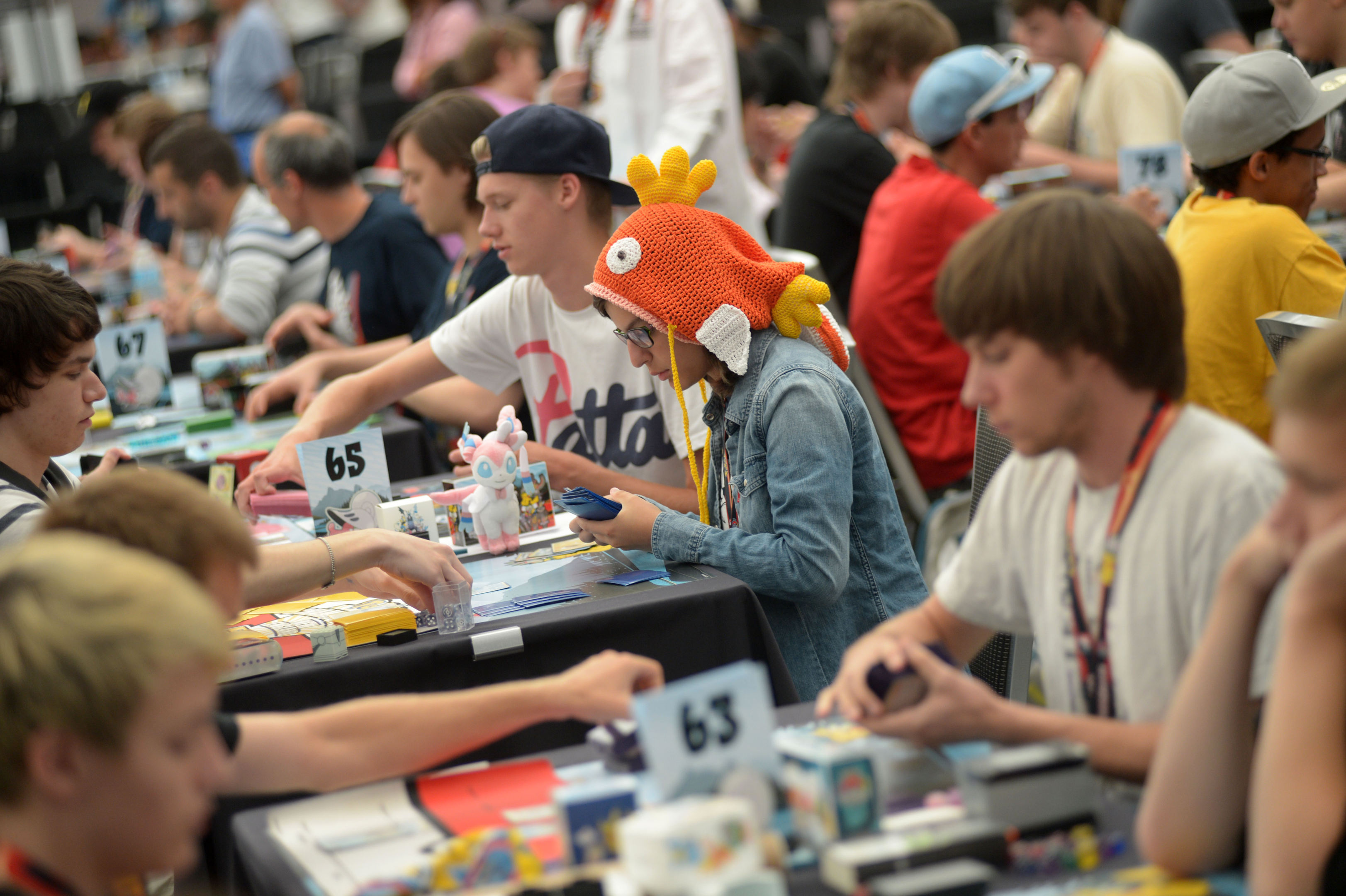
As a brief explanation, the TCG competitive scene includes various tournaments, world championships, etc. Many recommend purchasing an Elite Trainer Box to start TCG, as this pack has a good variety of booster packs and energy cards.
These TCG competitions allow players to compile a deck (or multiple decks) to outsmart their opponent. Each round, the active player takes one card from the top of their pile, allowing their active Pokemon to attack their opponent's active pokémon. Each Pokemon can only use one attack per one turn, though it must have the appropriate amount of energy and attack. Afterward, it is placed in a discard pile. This repeats until one player has no remaining cards to draw or no active Pokemon left in play.
Depending on the tournament, certain rules may apply that would not normally occur in a more casual TCG setting. Some cards have become benched Pokémon through the years because they are too powerful (like Lysandre's trump card), have design issues, or are confusing to use. This can increase the value of the card, as some hobbyists or collectors want items that are part of Pokemon history.
Where to Buy and Trade Pokémon Cards
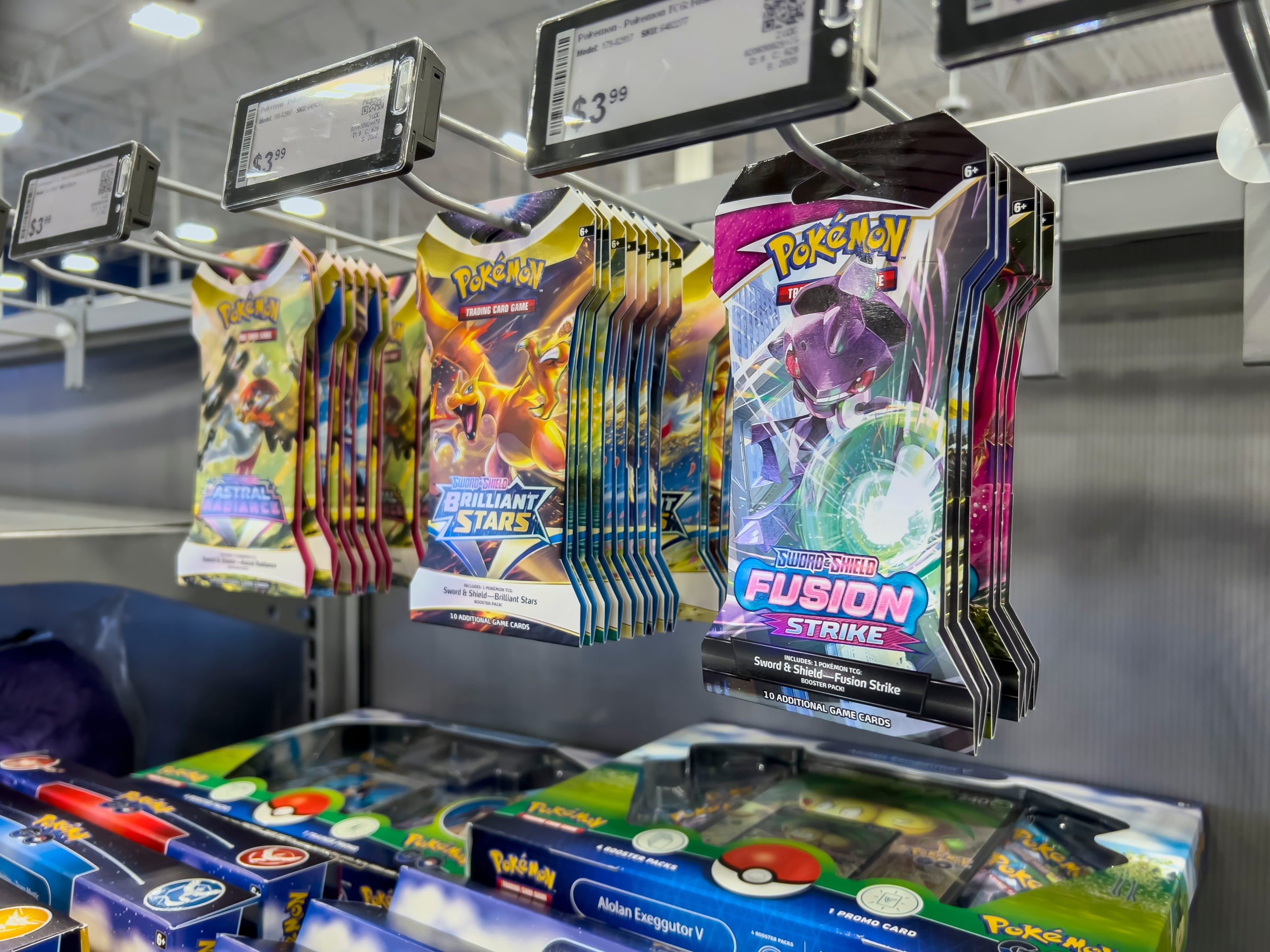
Reputable locations exist both online and in person when purchasing and trading Pokemon Cards. For those seeking in-person options, conventions, and local card shops are fantastic locations for trading/buying. As far as online platforms, shops like Sugoi Mart provide authentic Pokemon cards, expansion packs, and other Pokemon-inspired merch.
Conclusion
Ultimately whether you're looking for a new hobby, want an exciting investment option, or simply want to revel in the nostalgia collecting Pokemon cards offers, there's something for everyone with this activity. Start or expand your collection by delving into Sugoi Mart's expansive selection of Pokemon cards, from booster packs to expansion packs and more. If you want to enhance your display of Pokemon items, Sugoi Mart has an extensive selection of Pokemon merchandise and Pokemon-themed items and snacks in the Pokemon collection. Or, perhaps you already have a Pokemon card collection but want to expand your card collections into other popular series, like One Piece or Digimon. If that's the case, shopping the Sugoi Mart playing cards collection is ideal.
Whichever option you prefer, you can satisfy all your collecting or playing needs with Sugoi Mart. Get started with your collection now, so you can let your Pokemon cards continue gathering value! Shop for the latest packs in the Sugoi Mart website now.








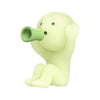


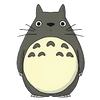




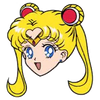
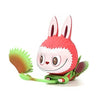
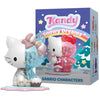
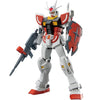




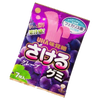
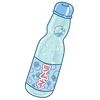
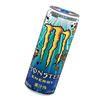
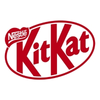
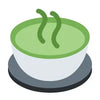



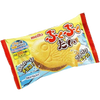



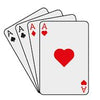


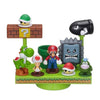



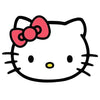








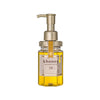



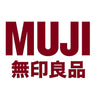
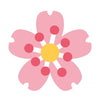
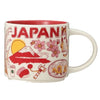

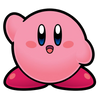
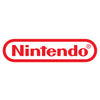



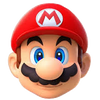

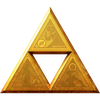

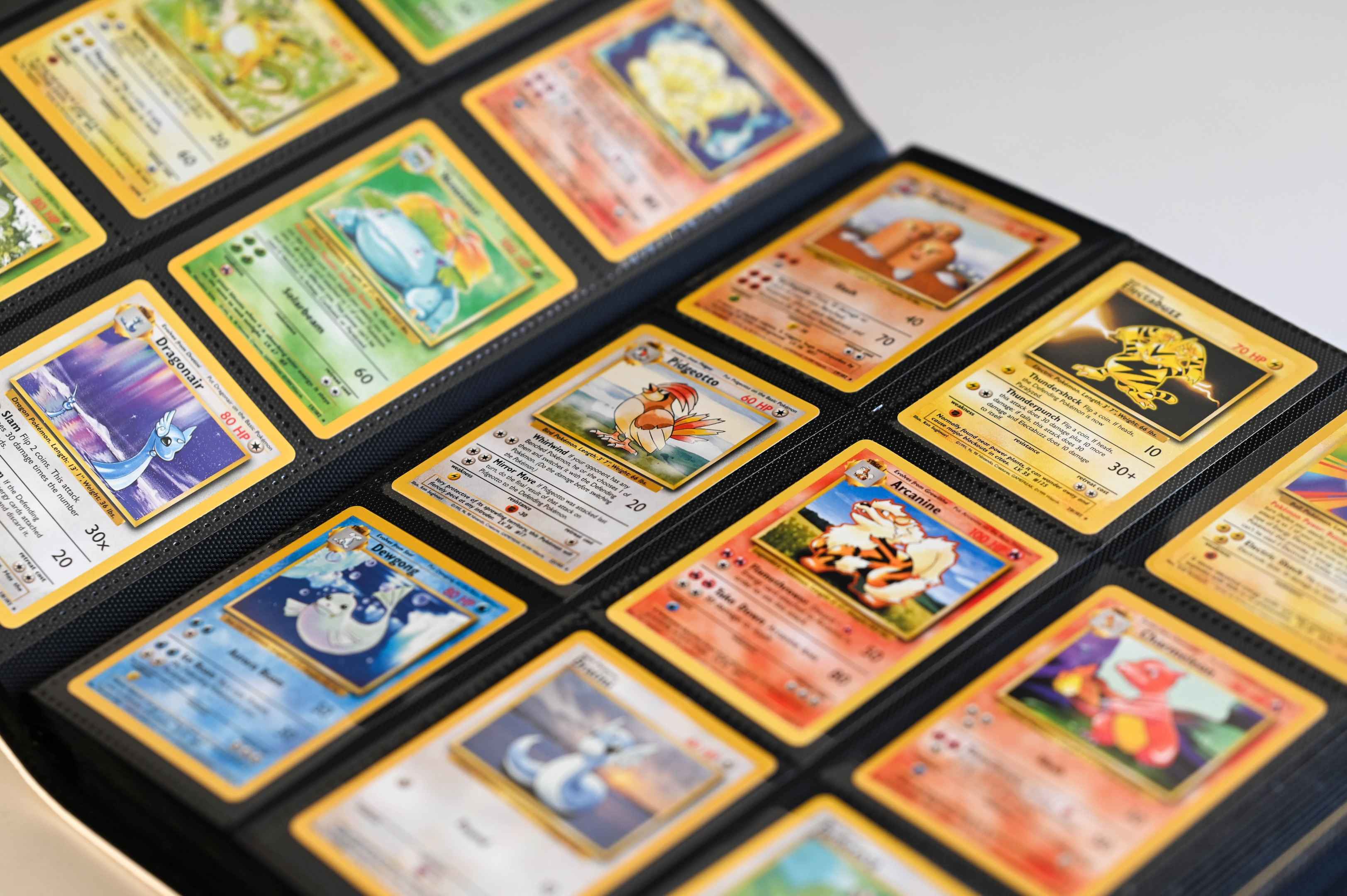
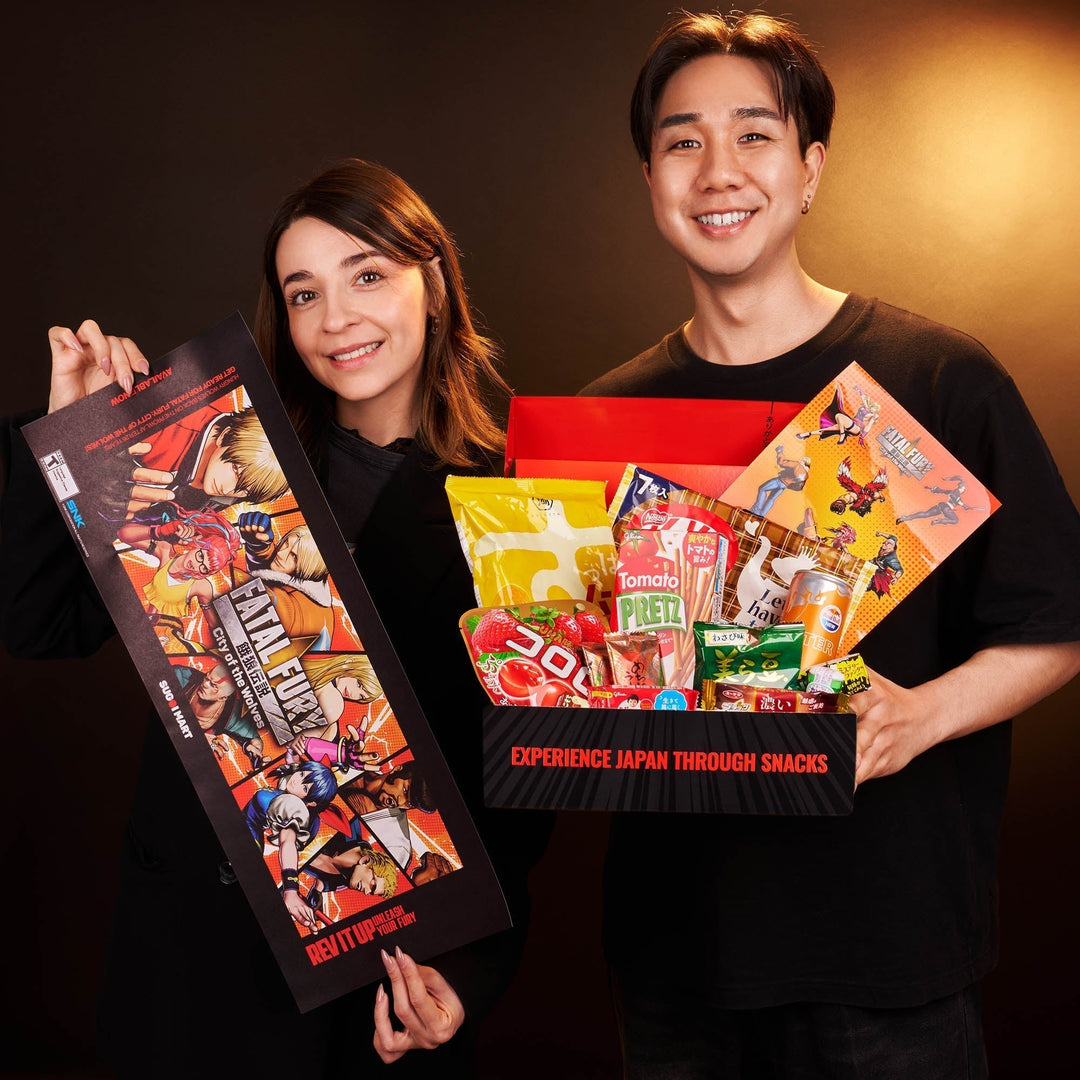
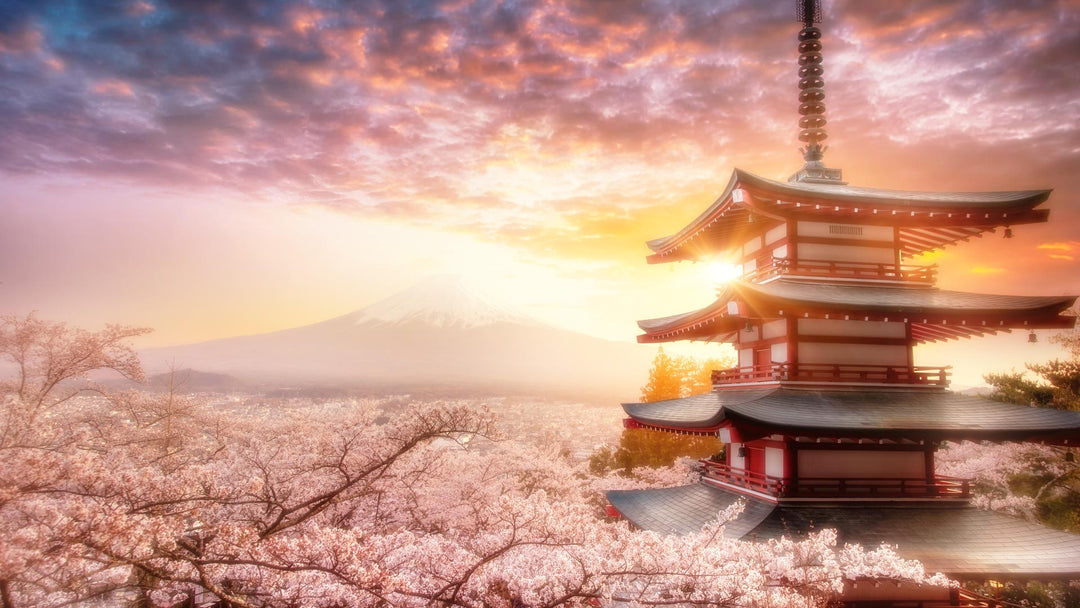

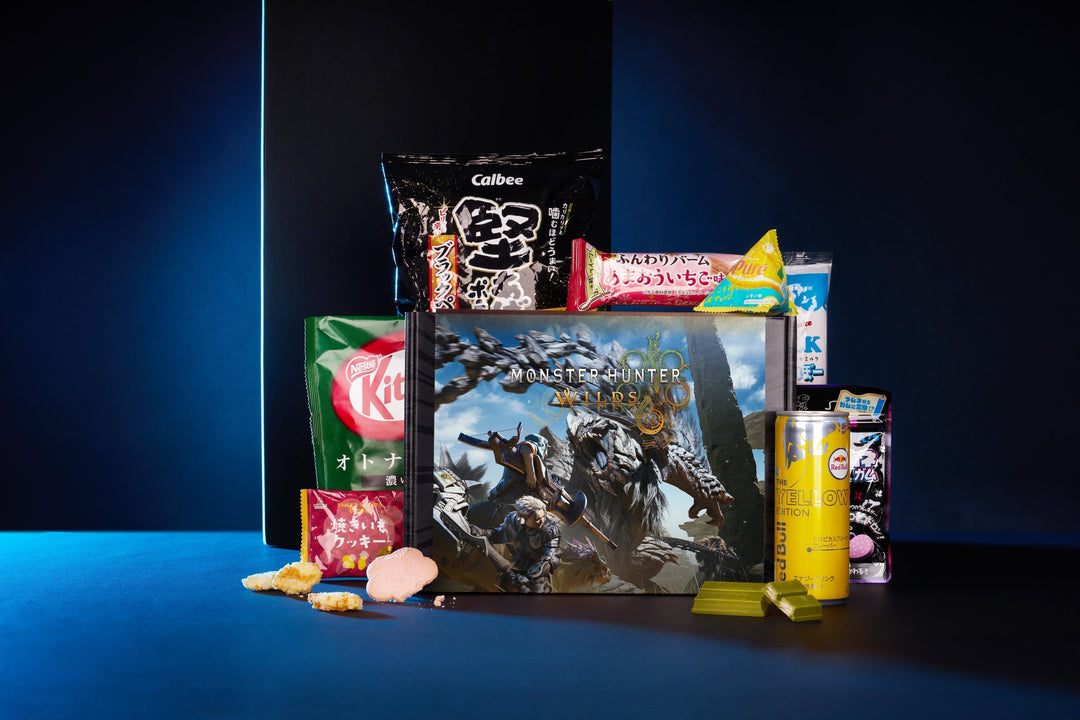
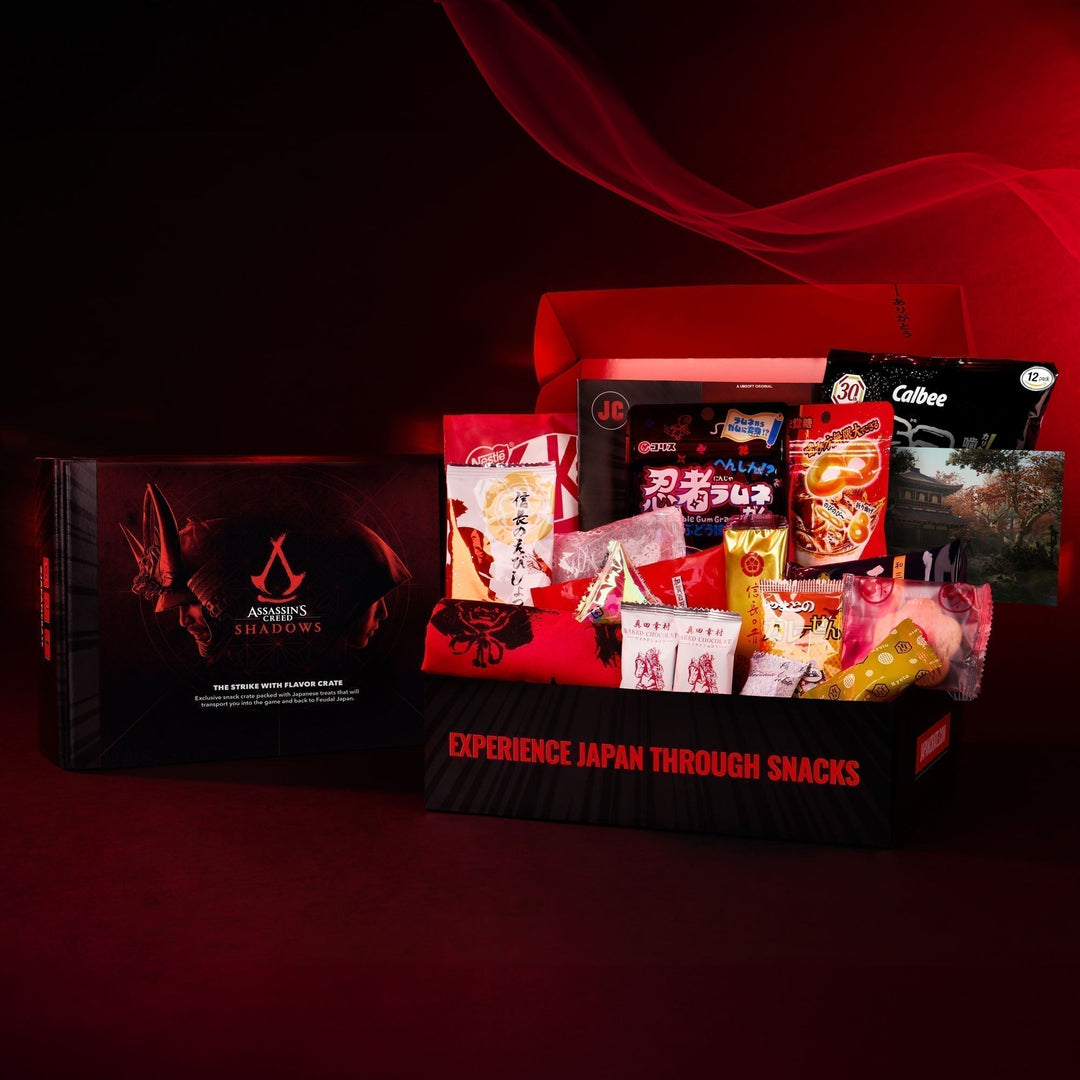
Leave a comment